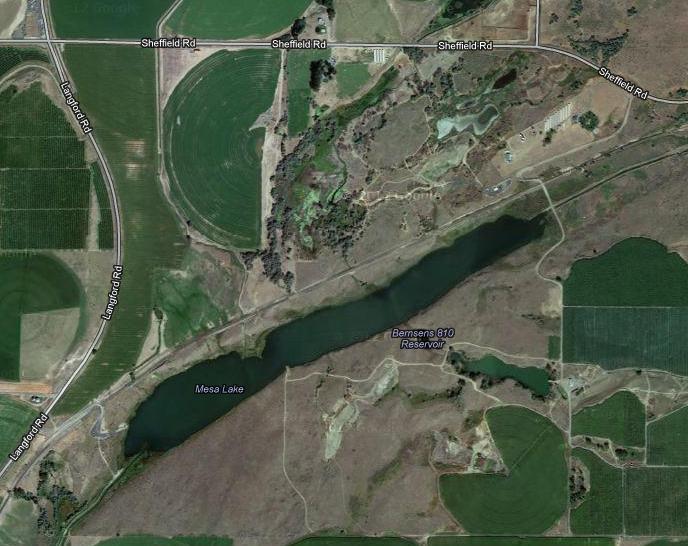Located about one mile southwest of Mesa, off of Langford Road, this body of water has a year-round open fishing season. This lake contains warmwater species, including Largemouth Bass, Black Crappie, Yellow Perch, Walleye and bullhead.
Two-pole fishing is allowed
Shoreline access: Good - Shorelines are open to fishing but vegetation around lake is dense
Species you might catch
- Black crappie
- Bluegill
- Channel catfish
- Common carp
- Largemouth bass
- Pumpkinseed Sunfish
- Smallmouth bass
- Walleye
- Yellow perch
Lake information
County: Franklin
Acreage: 47.80 ac.
Elevation: 749 ft.
Center: 46.567828, -119.037891
Open in Google Maps
Catchable fish plants
| Stock Date | Species | Number Released | Number of Fish Per Pound | Facility |
|---|---|---|---|---|
Visit the Catchable Trout Plants page for a more detailed search of trout plants in this or other bodies of water. To view or download the source data for this table visit the WDFW Fish Plants dataset on the Washington State Open Data Portal
Fishing prospects calendar
Largemouth bass
Smallmouth bass
Walleye
Yellow perch
Black crappie
Bluegill
Pumpkinseed Sunfish
Channel catfish
Photos
